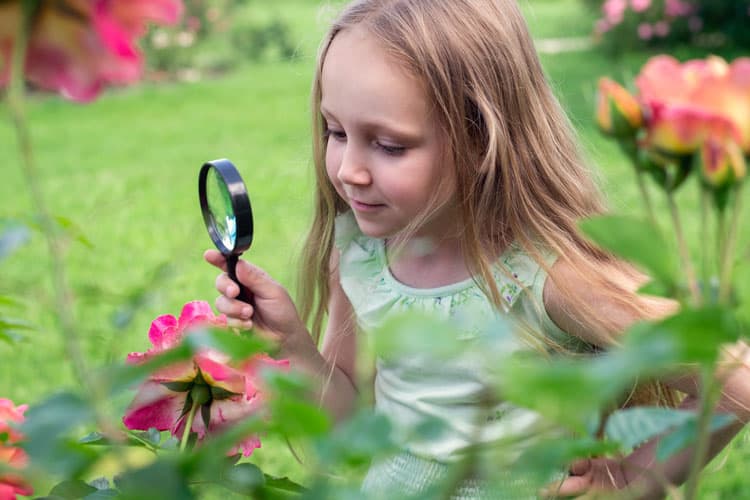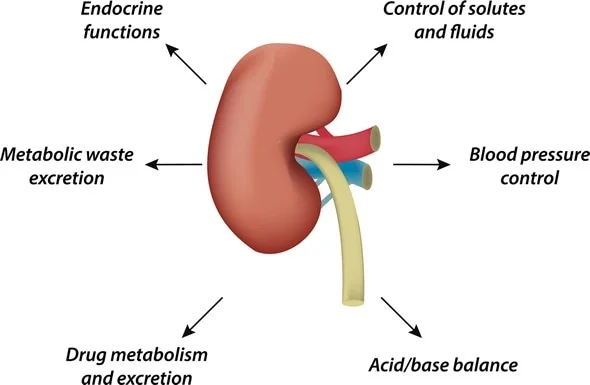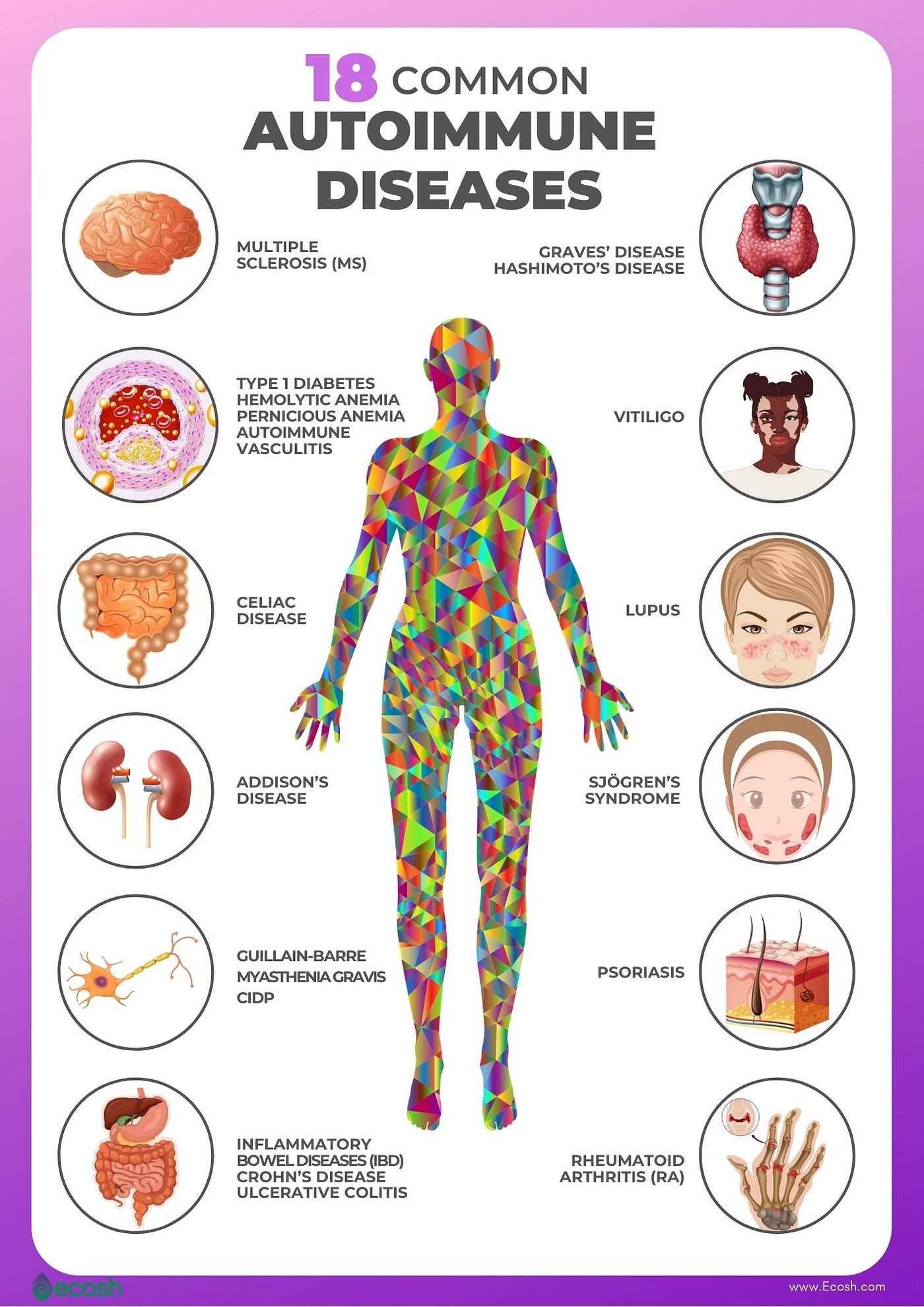
The World Health Organization (WHO) has officially introduced traditional medicine as a therapeutic intervention; an approach embraced and implemented by Syrian, Indian, Egyptian, Greek, Roman, and Chinese societies for approximately 5000 years.1 Despite traditional medicine’s long history, misapplication, like any intervention, can be found in the use of botanicals. In the following sections, this author would like to cover botanicals in greater detail as a means of appreciating, and respecting, their influence upon human physiology.

Botanicals are popular worldwide, with rural regions having a particular penchant for their use.1(117) Interestingly, botanicals are a frequently sought-after therapeutic intervention driven by their low costs and accessibility, due to a lack of financial resources and inadequate health care facilities.1(117) Herbal medicines are generally thought of (by consumers) as safe because they are considered natural. However, Farzari et al1(117) indicated that such is not an accurate conclusion when applied to young (pediatric) individuals.

Although the use of botanicals in adult populations has been generally safe, plant derivatives might be contributing to acute poisoning, and death, among pediatric patients.1(117) Despite findings that has indicated fewer side effects of botanicals when compared to pharmacological drugs, children are experiencing deleterious interactions from contaminants in plant material and drug-herb interactions. Such events have been implicated in liver damage, liver failure, and respiratory failure.1(117) Thus, it is imperative to become aware of botanicals known to induce damage upon organ systems of the body.

The liver is the largest organ in the body providing vital functions such as energy production, detoxification, as well as storing iron, copper, lipid-soluble vitamins, triglycerides, and glycogen.2 Thus, disruptions in its function can have profound impacts upon homeostasis. Chinese herbal medicines like Cassia occidentalis has been used for its antibacterial/antifungal/anti-inflammatory properties.1(118),3 However, it has been shown to cause acute hepatic failure. Other plants such as Xanthium strumarium (treats skin conditions) can cause vomiting, nausea, fatigue, and hepatic necrosis.1(118)

The renal system (kidneys) plays a dominant role in regulating water, electrolytes, and removal of toxins in the body.3(497) It is also known that herbal extracts can induce nephrotoxicity (toxicity to the kidneys) such as Aristolochia species, which are intended to manage gout, chronic inflammatory skin diseases, rheumatism, and arthritis.1(119) Jering beans, from the fruit of Pithecellobium lobatum, is a common fruit in Sumatra and Java which has been associated with acute renal failure, thought to derive from obstruction of the renal tubules, urethra, and ureters.1(120)

The respiratory system is another organ system that can experience disturbances in function from botanicals. Strychnos nux-vomica L is found from shrubs and small trees containing strychnine and its analogue brucine as main constituents, used for rheumatism, paralysis, and musculoskeletal injuries.1(122) However, said herb can cause strychnine poisoning characterized by muscle convulsions, muscle spasms, rapid and deep respiration, ultimately manifesting as respiratory arrest/asphyxia then death.1(122)

Tripterygium, a popular Chinese herbal medicine, has been used for the treatment of autoimmune diseases to include systemic lupus and rheumatoid arthritis.1(123) Interestingly, Tripterygium has been associated with cardiogenic shock from degeneration of myocardial cells.1(123) Mandragora, a nightshade found in Greece, has been considered a sedative, aphrodisiac, and analgesic. However, its misapplication can cause anticholinergic challenges; Mandragora can induce nausea, blurred vision, vomiting, and supraventricular tachycardia.1(124)
In conclusion, traditional medicine has been a therapeutic intervention embraced and implemented by Syrian, Indian, Egyptian, Greek, Roman, and Chinese societies for approximately 5000 years. Although botanicals have a long history of supporting health and homeostasis, natural products to not necessarily guarantee safety. Ultimately, caution and vigilance must be applied judiciously when implementing natural plant products.
References
1. Farzaei MH, Bayrami Z, Farzaei F, et al. Poisoning by medicinal plants. Arch Iran Med. 2020;23(2):117-127. http://www.aimjournal.ir/Article/aim-5759. Accessed May 9, 2020.
2. Reisner EG, Reisner HM. An Introduction to Human Disease: Pathology and Pathophysiology Correlations. 10th ed. Burlington, MA: Jones & Bartlett Learning; 2017.
3. Alakshimi V, Ranjitha S, Rajeswari D, et al. Pharmacological profile of Cassia occidentalis L-A review. Int J Pharm Pharm Sci. 2013;5(3):29-33. https://www.researchgate.net/publication/285918964_Pharmacological_profile_of_Cassia_occidentalis_L_-_A_review. Accessed May 9, 2020.
-Michael McIsaac
